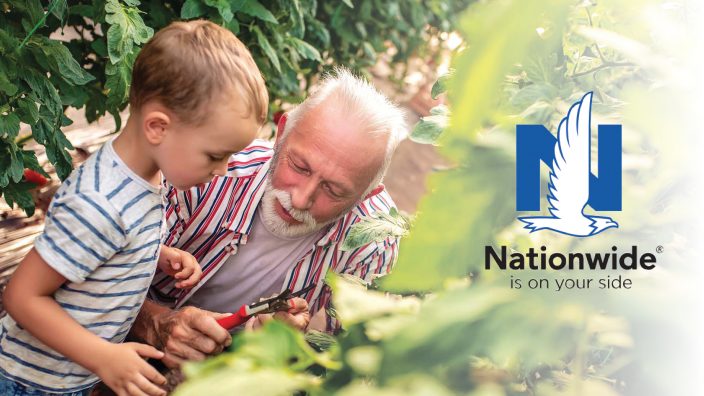Applications for Ohio Farm Bureau Health Plans now available
Members have three ways to apply: contacting a certified agent, calling 833-468-4280 or visiting ohiofarmbureauhealthplans.org.
Read MoreFor many Americans, Social Security makes up a sizable amount of their income in retirement. In 2018, 63 million Americans received approximately $1 trillion in Social Security benefits, with a majority of those funds going to retired workers.¹ However, due to the way in which many farm operators utilize the tax code to adjust their income, many farmers run the risk of not qualifying for Social Security retirement benefits.
For any individual to qualify for Social Security retirement benefits, they must have earned a minimum amount of either wages or net profit for a given year (or quarter). Individuals earn one credit per quarter in which an annually-set minimum required wage or net profit is achieved. For 2019, the minimum earnings per quarter are $1,360.² Individuals can earn up to four credits per year, making the total minimum earnings equivalent to $5,440 for 2019. To qualify for future benefits under Social Security, an individual must have earned 40 quarters (or 10 years) of wages or net profits. If an individual does not have at least the 40 required earned credits, they will not be able to collect Social Security retirement benefits.
Your farm business structure matters
For those individuals that own and operate a farm as either a C-corporation or as an S-Corporation, it is highly likely they will already be paying themselves wages. Any wages of $1,360 per quarter (or $5,440 per year) will receive their max of four credits for benefit calculations. For those farmers who run their operation through an LLC or are filing their taxes as a sole proprietor under a Schedule F return, credits will be earned on net farm income. Net farm income in excess of $5,440 per year will result in four credits being earned. However, farmers who utilize tax deductions and expenses that result in an income loss for the tax year (reported on a Schedule F IRS tax form) should be aware that this action will result in zero credits being earned for that tax year.
Who pays the Social Security tax is another key issue. Individuals employed by an employer will have 6.2%³ of their pay withheld for Social Security tax and 1.45%4 withheld for Medicare tax, while the employer pays the other half of the total tax. For many farmers, these two taxes will both be paid by the individual, generally referred to as self-employment tax, for a total of 15.3%. It’s important to note that any wages above $132,9005 will not be assessed the 12.4% tax and will only be subject to the additional Medicare taxes.
Get the most out of your Social Security benefits. Register for one of our online webinars to learn more.
1 I.R.C. § 212
2 I.R.C. § 67
3 I.R.C. § 55
4 Treas. Reg. § 1.404(a)-3(d)
5 I.R.C. Sec. 72(e)(2)


Members have three ways to apply: contacting a certified agent, calling 833-468-4280 or visiting ohiofarmbureauhealthplans.org.
Read More

Bill Patterson, Cy Prettyman and Adele Flynn will continue to serve as officers for Ohio Farm Bureau Federation.
Read More

Delegates discussed many topics impacting agriculture including farmland preservation, local foods, and succession planning.
Read More

Twenty-six farmers govern the state’s largest farm and food organization.
Read More

The 2025 recipients are Fred Cooke (posthumous) of Richland County, Marvin Dietsch of Williams County, Steven Knollman of Hamilton County and Michele Miller (posthumous) of Ottawa County.
Read More

Nathan and Jill Parriman grow seasonal crops, including Christmas trees, pumpkins and cut flowers, providing U-cut experiences that invite customers to engage directly with agriculture.
Read More

The 2025 Distinguished Service Award recipients are Craig Adams, Mike Townsley, and Kellogg Farms, Kurt Farms and Stateler Family Farms.
Read More

Ohio Farm Bureau Treasurer Adele Flynn participated in the meeting, representing Ohio farmers.
Read More

For Ohio and PJM region, the outlook is reassuring—ample reserves and strong planning should keep the power on.
Read More

The average price for a classic holiday feast for 10 in Ohio will cost $55.87.
Read More